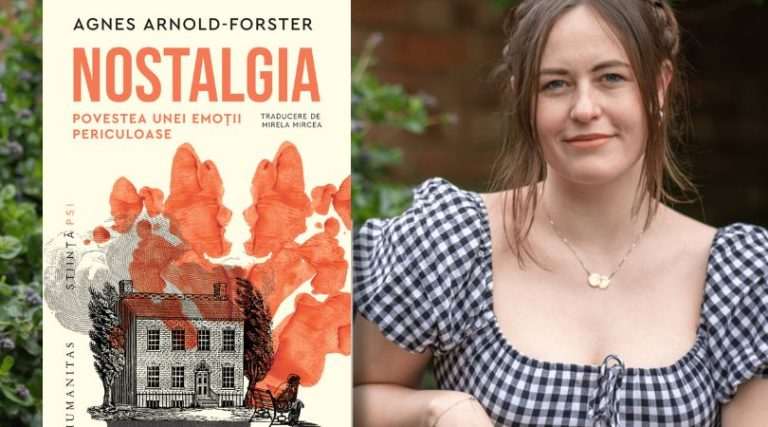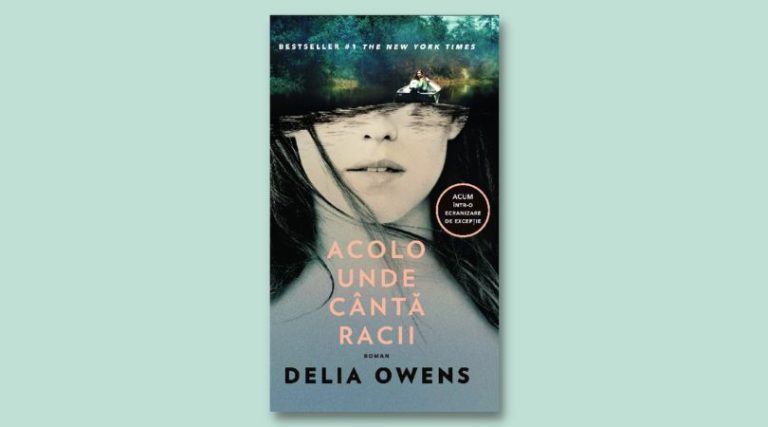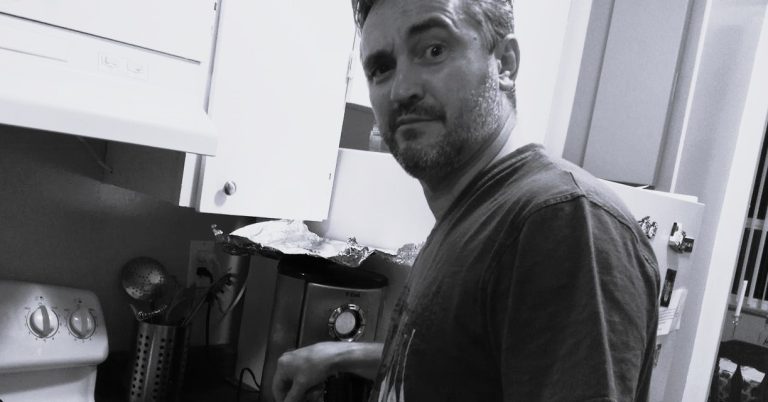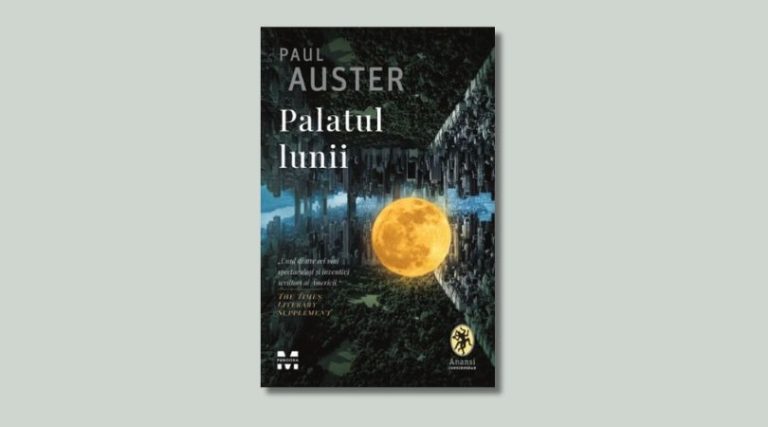In the summer of 2018, an unusual debut novel was published in the United States. It was signed by Delia Owens (b. 1949), who had already gained a reputation as a zoologist and researcher of the wildlife in various regions of Africa. The book, with a title initially regarded by editors as too pretentious and not in the least likely to entice readers, did not seem very promising, so that the Publishing House, G. P. Putnam’s Sons, decided on an initial press run of only twenty-eight thousand copies. But the book sold out rapidly and, one year after its release, the novel under discussion, „Where the Crawdads Sing”, hit record sales of over four and a half million copies, outrunning by far a series of highly advertised novels written by acclaimed writers such as Margaret Atwood, Stephen King or John Grisham, and it became the 2019 (fiction and non-fiction) top-seller on the United States territory. As a parenthesis, the word „crawdad” hit a record number of search runs in the online Merriam Webster Dictionary, being one of the top-ten most frequently searched words in 2019.
Instantly translated into many foreign languages (with foreign rights already purchased by publishing houses in more than fifty countries on all continents) and also adapted to the screen (hyped by the famous actress Reese Witherspoon, who named the text for her Book Club and who subsequently became the movie producer), this novel was a real blockbuster, a phenomenon apparently hard to explain in the context of the contemporary milieu. Because, while the sales figures of fiction retail books have been plummeting all over the world, „Where the Crawdads Sing” (splendidly translated into Romanian by Bogdan Perdivară!) stayed on the top-ten fiction best-seller list for weeks on end, having a grip on readers from a wide range of social and cultural spaces. How was this even possible? How did this book make such a splash? How did an author (by the way, nearly seventy years old upon the publication of the novel) who had hitherto written only scientific or non-fiction articles on her life in the African savannah and on her attempts to save engendered or almost extinct wildlife species in Botswana or Zambia become such a sensation on the American and international editorial market? Literary critics, analysts, exegetes and specialists alike have tried to come up with the most plausible or adequate interpretations, yet without providing a comprehensive explanation for the sheer miracle brought about by the publication of this book.
„Where the Crawdads Sing” is a novel that speaks about solitude, failure, loss and the human being’s capacity to endure and to keep hope even under the most trying circumstances. A book that brings to the foreground an indelible protagonist, Kya, whose pathway in life and whose grappling with material adversity and social ousting might seem downright doomed to fail, but who eventually manages to find her happiness, if not her peace as well. A book that marvellously describes the marshland in North Carolina, the wild birds and the life of a closed community fettered in a large degree by the almost unbreakable chains of its own prejudices and set of values. Once again to the bafflement of literary critics; for what does, in actual fact, the novelty of this book consist in? After all, determinism had long been present in American fiction, at least since Theodore Dreiser’s „An American Tragedy”, if not before. And the atmosphere of the South, with all its social and racial tensions, had been described in a spectacular manner by William Faulkner and by a range of ensuing writers such as (in keeping with the feminine perspective) Carson McCullers, for instance. Delia Owens herself would confess, amazed at the success of her book, that she had not thought she would be able to finish the novel (the central idea of which had occurred to her ten years prior to its publication) and that until its release she had never imagined that she would have such a worldwide audience: “It is just a book about a girl’s struggle to succeed in an isolated place, in the wilderness.”
Aside from any attempt to comprehend a unique literary phenomenon and above all possible explanations, Delia Owens was right: in an age monopolized by cutting-edge technology, „Where the Crawdads Sing” offers its readers a thoroughly human story that depicts the life fraught with hardships of a girl who grows up and practically lives by herself in the isolated marshes of the coastal area of North Carolina; a girl who loves nature, understands the birds and is tuned in to the lives of the animals around her. But she is less familiar with the world and the people so that, when a young man from the neighbouring area is found dead, she becomes the suspect and is instantly accused of murder. In fact, this is how the novel begins – with a map of the marsh nearby Barkley Cove and with a Prologue placed in 1969, presenting the discovery of Chase Andrew’s body „in the swamp”, as the narrative voice points out. Inevitably, most of the people in the region believe that the marsh girl, Kya (Catherine) Clark, is guilty, on the grounds that she has never integrated into society, she has always been different, she has never observed the local customs and rules and she has persisted in making it by herself in a tough, ruthless world in which the survival of the lonely and the vulnerable is not only questioned but seems outright doomed to fail.
With a plot beginning in the 1950s and spanning over several decades, Delia Owens’s novel presents, by means of flash-backs and of an outstanding interweaving of temporal lines marked by a tense shift between past and present, the life of Kya: abandoned by her mother when she was a little girl, ignored by her violent, alcoholic father, who in the long run will leave as well, left on her own in the shabby family shack near the swamp after all her siblings (including Jodie, her closest one) decided to leave home in search of a better life and of a chance at survival. Ousted by the other children because she is not dressed like them and she cannot spell, she abandons school and retires in the marshes that she finds so welcoming. However, the marsh is not a swamp, but the place which, against all odds and appearances, will save Kya: „Marsh is not swamp. Marsh is a space of light, where the grass grows in water, and water flows into the sky. Slow-moving creeks wander, carrying the orb of the sun with them to the sea, and long-legged birds lift with unexpected grace – as though not built to fly – against the roar of a thousand snow geese.”
Deeply influenced by her own experience as a researcher of the wildlife, Delia Owens (author of the non-fiction writings „Cry of the Kalahari” – 1984, „The Eye of the Elephant” – 1992 and „Secrets of the Savannah” – 2006) put her narrative talent on display on every page dedicated to nature descriptions, managing, in only a few lines, to create an atmosphere the spell of which the readers simply cannot elude. The smells of the marsh, the sunrise or sunset hues and the surrounding sounds become utterly palpable in the present novel; and what will linger with the readers are the descriptions of the summer days in the marsh, of the nights filled with sounds and scents, of the breeze blowing from the waterways ‘way out yonder’… In this peculiar world, regardless of how upset or marginalized she is, Kya is able to find solace in contemplating the water, the birds that she so much loves (she can actually communicate with the herring gulls!), the animals the habits of which she so well knows, the shells and the feathers that she has collected. These are pages brimming with lyricism – in the best sense of the term -, which impress one from the very first read and create that special fascination that Delia Owens’s prose exerts even upon the cursory readers or upon those who do not customarily seek narrative delights of this kind in contemporary fiction. But, once in her teenage years, Kya’s life is not so simple and clear anymore. The girl, who has imperceptibly become extremely beautiful, befriends Tate Walker, the one who, with infinite patience and thoughtfulness, teaches her to read, but she is also remarked and coveted by Chase Andrews, the local star, the most admired boy in Barkley Cove. And in 1969 Kya will be investigated for his murder. What follows is a highly complicated trial, with lengthy witness depositions and spectacular overturns of events: and it is here that some of the novel’s shortcomings reside – a certain character ‘flatness’ (with Tate devised as the ‘good’ guy and Chase as the ‘bad’ guy), a certain plot predictability and a certain lack of plausibility – for instance, with respect to Kya’s outstanding career as both scientist and equally admired plastic artist.
But aside from any potential criticism, „Where the Crawdads Sing” is a novel that has literally won over the reading audience far and wide. A coming-of-age narrative dotted with finely tuned touches of crime fiction and ‘whodunit’, with strokes of judicial drama, of romance and advocacy for the birds and animals in the wet coastal areas of North Carolina, the novel mainly touches on Kya’s need for communication, her naivety and her craving for love, on betrayal and loss, disloyalty and reconnection; but also on one’s hope for the better – and mostly on one’s steadfast belief in the good that abides in human beings. Perhaps some of its best pages are those describing Kya’s lonely childhood, her attempts at fathoming the world around her and at learning from the birds and animals, as well as the affection and unconditional support that she receives from Mabel and Jumpin’, the Black spouses who have somehow adopted the abandoned girl and who see to her even when she is heedless of it.
Kya is a remarkable and truly unforgettable character. And even if some exegetes have claimed that her ability to find her way about in limit-situations runs the risk of turning her into a kind of present-day super-hero, the protagonist is a truly plausible character precisely because Delia Owens is deft both at revealing her weaknesses and at highlighting, as the case may be, her naivety and delicacy, yet without becoming overly sentimental in her narrative undertaking. Kya’s growing up and her more than once painful initiation into the mysteries of the world and of life are convincingly narrated and oftentimes bolstered by the details that the writer has inserted in the text: further proof that, in those places where crawdads (sometimes) sing, small miracles can (still) happen every once in a while, and that people can learn to be human even without enjoying the confidence of their fellow beings from the start.
Delia Owens, „Where the Crawdads Sing”/ „Acolo unde cântă racii”, translation into Romanian and notes by Bogdan Perdivară, Pandora M Publishing House, 2022
Translated into English by Mirela Petraşcu

























Scrie un comentariu